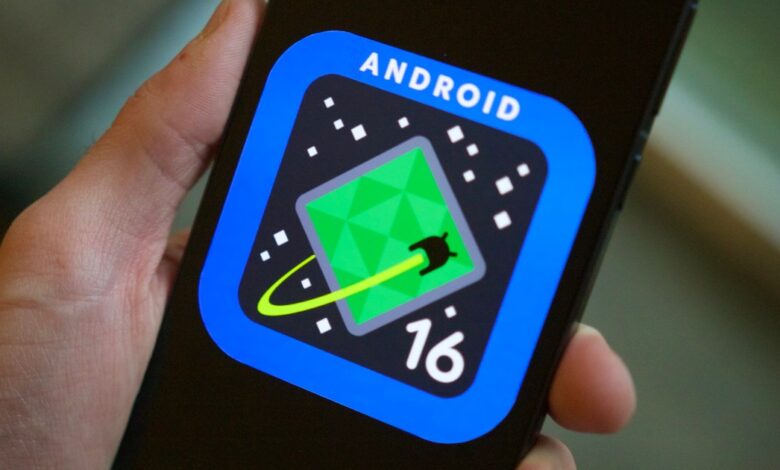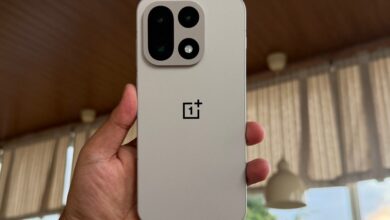Android Flaw Discovered That Lets Apps Steal Your Sensitive Data

reviving Old Techniques: The Rise of Pixnapping
Recent findings from security experts have brought too light a concerning new method called Pixnapping, which revives a data theft technique that has been around for over a decade. This attack specifically targets Android devices,allowing malicious applications to pilfer sensitive information displayed on other apps or websites.
The Mechanics Behind Pixnapping
Pixnapping operates by taking advantage of a hardware side channel known as GPU.zip. This method enables an attacker to read pixel data from the screen by measuring how long it takes for pixels to render. By layering clear activities over the screen and timing the rendering process, attackers can reconstruct what is being displayed pixel by pixel. Although this technique only manages to leak between 0.6 and 2.1 pixels per second, it’s sufficient for retrieving critical information such as authentication codes.
This vulnerability is identified as CVE-2025-48561 and impacts devices running Android versions 13 through 16, including popular models like Pixel 6 through Pixel 9 and Galaxy S25. A partial fix was released in September 2025, with expectations for a more thorough solution coming in December.
The Significance of Pixnapping
The emergence of Pixnapping reveals serious flaws within android's rendering system and GPU architecture. It serves as a reminder that even vulnerabilities thought to be resolved can resurface in new ways.
What makes this attack particularly alarming is its ability to function without requiring special permissions from users. A seemingly benign app downloaded from the Google Play store could possibly monitor sensitive data displayed on your screen without your knowledge.
A Broader Issue: side-Channel Vulnerabilities
This situation also sheds light on larger concerns regarding side-channel vulnerabilities—leaks that occur not due to software errors but because of how hardware processes information. These types of vulnerabilities are notoriously challenging both to detect and rectify, presenting ongoing hurdles for mobile security efforts.
Your Safety Matters: Why You Should Be Concerned
If you own an Android device, understanding this research is crucial because it highlights the risk of hidden data theft occurring without any user interaction or alerts.
Malicious apps could quietly collect sensitive details such as banking credentials or two-factor authentication (2FA) codes simply by observing what appears on your screen during regular use.
While Google has stated there’s no current evidence suggesting exploitation via this method, the existence of such an attack indicates that malware could easily bypass standard security measures designed to protect users’ privacy.
The Road Ahead: What’s Being Done?
In response to these findings, Google plans further updates aimed at limiting misuse related to the blur API while enhancing detection capabilities against potential threats like Pixnapping. However, researchers caution that existing workarounds may already be available while leaving the core GPU.zip vulnerability unaddressed at present time.
Until developers implement permanent fixes for these issues, users should exercise caution when installing unfamiliar applications and ensure their devices remain up-to-date with security patches provided by manufacturers.
Security experts anticipate more sophisticated side-channel attacks similar to Pixnapping will emerge as cybercriminals continue refining their tactics against unsuspecting users across various platforms.
And don't forget! NoveByte might earn a little pocket change when you click on our links, helping us keep this delightful journalism rollercoaster free for all! These links don’t sway our editorial judgment so you can trust us.If you’re feeling generous support us here!





